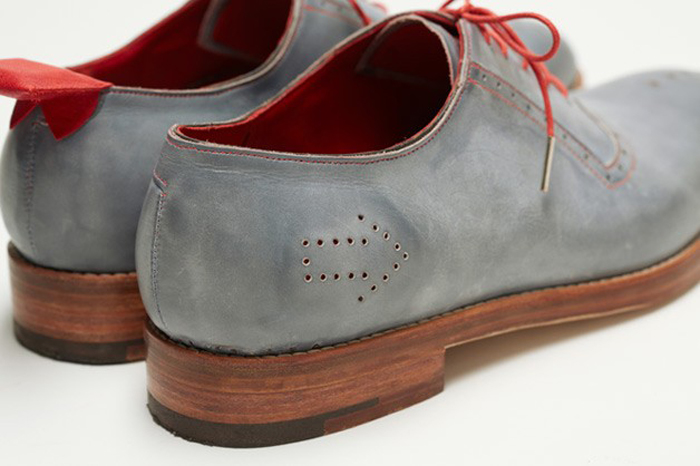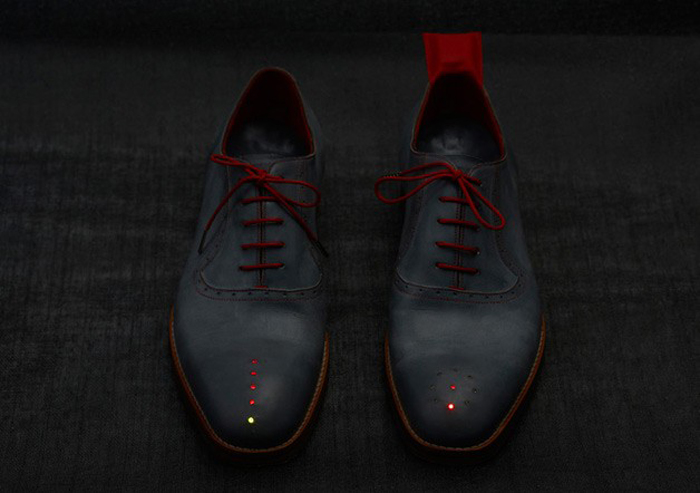PSFK published a good article that takes a look at how olympic athletes are using wearable technology to win Gold in London.
"Brought to you with the help of Intel, PSFK looks at how even though Olympians are the world’s most physically gifted athletes, some may have an advantage by training with innovative gadgets and programs.
The 2012 London Olympics are poised to be the most tech-forward Summer Olympic games. During the 2008 Olympics in Beijing, 108 world records were set–until those games, only an average of 22 records had been broken at Olympic games. Why the massive increase in Beijing? Advances in technology. In the four years since Beijing, the world has seen even greater innovations in this sector– in 2008, Facebook and Twitter were still in their infancy, the iPhone was in its first generation, and being able to make a payment through NFC technology was just a dream.
How will the current advances in technology give Olympic hopefuls an edge in the competition? From specially designed, golf-ball inspired track suits that promise to shave 0.023 seconds off a sprinter’s 100m time to cycling bikes with the least possible drag that increase the possibility of reducing mile splits by 1.6 seconds, athletes are better equipped than ever to win gold.
Some athletes are further embracing technology, using sensors and chips to help them analyze their performance, guaranteeing their movements are as efficient as possible- and therefore hopefully increase their chance for winning Olympic gold.

British gymnast Mimi Cesar has perfected her rhythmic floor routine using MotivePro, a vibrating suit that uses a modular system of sensors on her body to track and record her movements. The sensors give her real-time feedback as to where her body is in space, and vibrate when her arms, legs, head, chest, or feet go outside a desired range of motion. Because the feedback is instantaneous, Mimi can correct and refine her position while doing her routine. The suit can also give her audio cues as to when she’s out of alignment, and after she’s finished her routine, she can play back her performance to see visual cues to help make it perfect.
....

Lolo Jones, an American hurdler, is also using motion-detecting sensors to optimize her form in her quest to win gold in the 100m hurdle event. Unlike Mimi, who has several minutes to complete her event, Lolo’s event will be over in roughly 12 seconds- every fraction of a second could mean the difference between placing at the Olympics or falling short. To improve her performance and to drop her average time, Lolo tracks every second of her performance using a 40 Vicon T40S motion-capture cameras that record 2,000 frames per second. The cameras capture the 39 reflective motion detection sensors Lolo wears on her body, allowing her and her team to analyze her every movement down to millimeters."
Continue reading on PSFK









